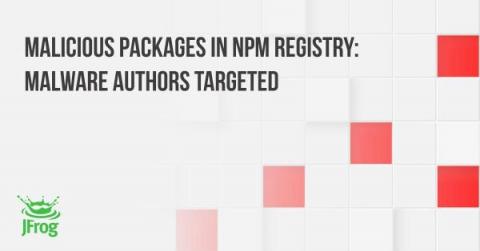DevSecOps: How to bring data security into the development workflow
DevSecOps refers to the integration of security controls across the whole software development lifecycle. It is first and foremost an organizational culture, enabled by processes and tools, where development teams share the responsibility for delivering secure software with the security team. This differs from organizations where development and security responsibilities are completely siloed in distinct teams.











